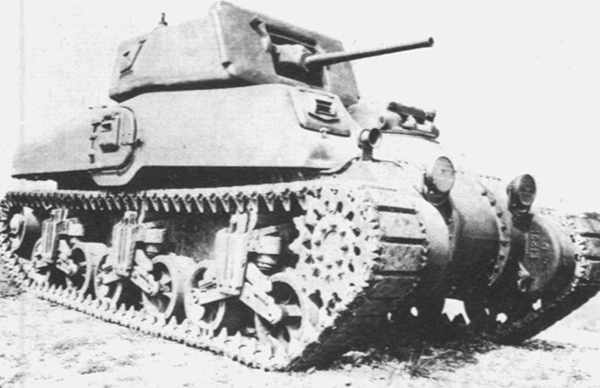
Register a SNAP EBT card with Amazon

Tank, Cruiser, Ram Mk. I
German military successes in the early days of WWII led to a realization that British tank production would be stretched to the limit to equip their own army, let alone Canadian Army requirements. With the fall of France and the danger of an invasion of Great Britain, it was further decided that more military production should be concentrated in Canada. With plans to mobilize two armoured divisions herself, Canada's cruiser tank requirements would be in the area of 1,000 vehicles, and there was absolutely no hope that Britain would be able to supply the necessary tanks. British and Canadian Army officials saw serious design flaws in the U.S. medium M3 tank with its hull mounted main gun of limited traverse. To overcome those design flaws, the design and production of a cruiser tank in Canada was therefore undertaken. The design team appreciated the robust reliability of the M3 chassis and chose to incorporate it in the Canadian cruiser, in combination with a hull and turret that would meet Canadian/British requirements. A running prototype was completed in June 1941. As the 6pdr main gun drawings had not arrived from Great Britain, it was decided to mount the 2pdr gun in the first fifty vehicles which would be called the Ram I. In the summer of 1941, the Ram I prototype underwent trials at Aberdeen Proving Grounds in the U.S. Whether or not the Ram design influenced the U.S. T6 (M4 prototype) is still open to debate. The two tanks certainly shared similarities in design. One notable difference however, was that the driver's station in the Ram followed British practice and was on the right side of the tank. The Americans eventually gave the Ram Cruiser the paper designation M4A5. Distinguishing features of the Ram I were the 2pdr main gun mounted in a cast turret that had a flat bolted front plate, a cast upper hull with side sponson doors incorporating protectoscopes, an auxiliary MG turret mounted on the hull to the left of the driver position and the complete American M3 medium tank chassis. By the end of 1942, 40 of the original 50 Ram Is had been shipped overseas to Great Britain to partially equip Canadian armoured units. It was never to see action, and was used strictly for training purposes. The Ram series was powered by the Continental R-975 radial engine which gave it a maximum speed of 25mph. Armour thickness varied between a maximum of 87mm and a minimum of 25mm. It was crewed by five; a commander, gunner, loader, driver and hull MG gunner (co-driver).
 |
Return to CANADIAN ARMOUR PROFILES page
Site Map
© Chris Johnson, 1997